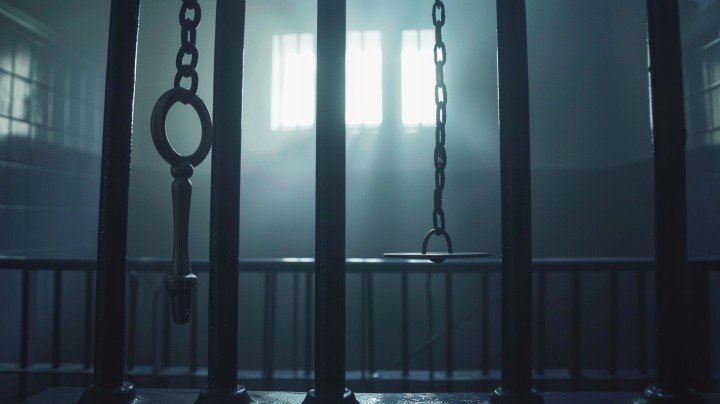Setting the Bail Amount: A Crucial Determination in the Judicial Process
The setting of the bail amount is a critical decision in the judicial process that follows an individual’s arrest. This determination plays a pivotal role in ensuring that the accused returns for trial while balancing the need for their freedom during the pre-trial period. Understanding the complexities and factors involved in setting bail is essential for those navigating the criminal justice system.
Overview of Setting the Bail Amount
The process of setting bail is designed to ensure that an accused individual appears at all required judicial proceedings while allowing them to maintain their day-to-day life as much as possible until the trial. The amount set must be sufficient to incentivize the defendant to return without being oppressively high.
Factors Considered in Setting Bail
Nature and Circumstances of the Alleged Crime
- Severity of the Offense: More serious charges, such as felonies or violent crimes, typically result in higher bail amounts.
- Potential Harm to the Community: If the accused poses a continued threat to community safety, a higher bail or no bail may be warranted.
Past Criminal Record and Court Appearances
- Previous Convictions: A history of criminal behavior can influence the bail amount, leading to higher figures to mitigate the risk of repeat offenses.
- History of Court Attendance: If the accused has a record of skipping court dates, the court might set a higher bail to ensure compliance with trial attendance.
Financial Status and Resources
- Ability to Pay: Courts consider the accused’s financial capacity to ensure the bail is not set prohibitively high. The goal is to avoid undue hardship while maintaining the bail’s effectiveness as a compliance measure.
- Equity and Fairness: Ensuring that the bail amount is fair and does not discriminate based on socioeconomic status is a fundamental consideration.
Community Ties
- Family and Employment: Strong connections to the community, such as family ties and steady employment, can influence a lower bail amount, as these factors suggest the defendant is less likely to flee.
- Residency: Long-term residents of a community are generally perceived as less of a flight risk compared to those with no fixed address or who live outside the jurisdiction.
Risk of Flight
- Assessment of Risk: The likelihood of the accused fleeing before trial plays a significant role in determining bail. The presence of travel documents or ties to other countries might increase bail amounts.
Procedural Aspects of Setting Bail
- Judicial Discretion: Judges often have broad discretion in setting bail, guided by statutory frameworks and judicial precedent.
- Use of Bail Schedules: Some jurisdictions use predetermined bail schedules that suggest standard amounts for various charges, though adjustments can be made based on the individual circumstances.
Legal Considerations and Challenges
- Constitutional Rights: The Eighth Amendment of the U.S. Constitution prohibits excessive bail, ensuring that the amount set is not used as a punishment.
- Public and Legal Scrutiny: Decisions on bail can be subject to public interest and legal review
, especially in high-profile cases, where perceptions of fairness and justice are closely watched.
Impact of Bail Amount on Defendants
- Access to Justice: Properly set bail amounts allow defendants to remain out of custody while preparing their defense, which can significantly impact the outcome of their case.
- Economic and Social Consequences: Excessively high bail can lead to prolonged pretrial detention for economically disadvantaged individuals, disrupting their livelihoods and family relationships.
Conclusion
Setting the bail amount is a nuanced process that requires balancing various factors to ensure the justice system functions effectively and fairly. It is not merely about keeping the accused in check but also about protecting the community and respecting the rights of the individual. Understanding these dynamics helps in appreciating the complexities involved in judicial decision-making processes related to bail.
Navigating the Bail Amount Decision: Key Points to Consider
For those facing the bail-setting process, or their families, understanding these factors can provide crucial insights into what to expect and how to advocate for fair treatment.
Frequently Asked Questions
- What is the average bail amount for different types of crimes?
- How does a judge decide if bail is excessive?
- Can bail amounts be negotiated or appealed?
- What role do bail bondsmen play in the setting of bail?
- Are there alternatives to cash bail?
- How does the setting of bail promote fairness in the judicial process?






